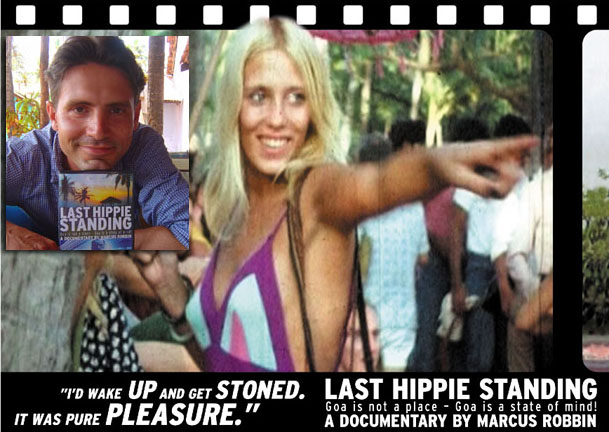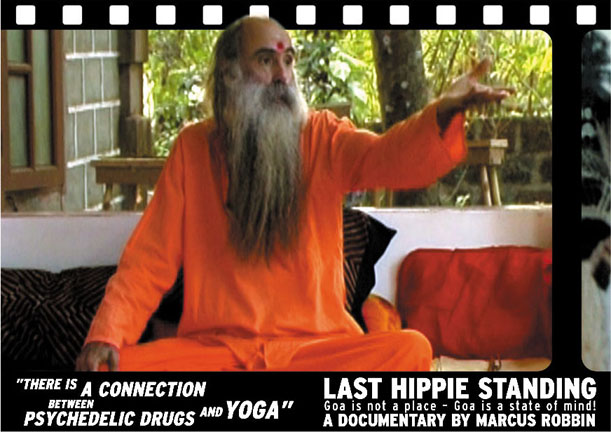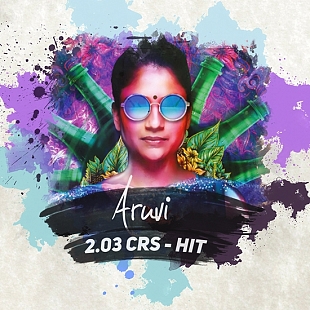On the authority of Abdullah ibn ‘Umar
(ra), the blessed
Messenger of God ﷺ is reported as having stated, “Be in the world as a
traveler or a stranger,” [Bukhari]. In this simple statement, the
Prophet Muhammad ﷺ communicates the essence and summary of the journey
of a human being as a traveler or wayfarer from the world of form to
that which is beyond.
By learning to live and be as a traveler, as one who realizes that he
or she is here but for a limited amount of time and that eternity
awaits in the world beyond, not only can we experience life beyond fear,
grief and suffering, but we can also better prepare our souls for the
that which is eternal.
We Are Travelers
We begin our lives at birth and the journey ends for each and every
one of us at the death of the physical form. Based upon this blessed
tradition from the Prophet ﷺ, however, we are reminded that death is not
the end, but rather the means to arriving at the true destination of
the soul.
Thus, for a believer, death is not something to be feared, but rather
prepared for. For one of faith, death is not something to avoid, but
rather to journey towards with excellence and integrity.
The Muslim is by definition he or she who looks forward to the
meeting with their Lord, and thus one who does not fear death. Thus said
the blessed Messenger ﷺ, “Death is a gift for the believer,”
[Tabarani].
Furthermore, the Prophet ﷺ consistently advised to “remember death,”
for it is only in the acceptance of death that one becomes liberated
from fear and thus able to truly live. It is but by remembering the
temporality of life in the world that we prepare for that which is
eternal.
Be In the World as a Traveler: Experience Peace
For most, because of the fear of death, life passes moment by moment
in fear, worry and anxiety, all of which result from attachment to the
world of form, known as
dunya in Arabic.
Yet for the believer, particularly they who have transcended the world of illusion, Allah Almighty states, “Verily, upon the
friends of God, there is no fear nor do they grieve,” [Surah Yunus, Holy Qur’an, 10:62].
Who are the
friends of God? The
friends of God are
simply they who are close and intimately connected with God, and they
who are close and deeply connected with God are they whose hearts have
transcended and are not attached to the temporal world of form.
By remembering that we are travelers, and by living and being in the
world as wayfarers, they who are on a sacred journey from form to
transcendent light and energy, we liberate ourselves from the ceaseless
suffering that invariably results from attachment to that which is
ever passing away.
It can be said that all suffering is from attachment, and it is but
the realization that we are travelers that enables one to let go of that
which is ultimately not that important, and to embrace that which is
true, real and eternally of value.
“Suffering is from attachment. Be in the world as a traveler and transcend both fear and grief.”
Be In the World as a Traveler: Awaken
Form veils essence, and a traveler in the spiritual sense is he or
she who is traveling from form to spirit, from illusion to reality, from
time and space to that which is eternal.
The great Imam Ali
(kw) stated, “All human beings are
asleep, and they awaken with death.” Thus, the journey’s end is not in
fact the end, but rather it is the beginning. In death, we do not enter
into eternal slumber, but in fact the exact opposite, we awaken.
To be in the world as a traveler is to move through life free of
attachment, and only thus do we become capable of truly loving and truly
living. To truly experience is to be awake, and so it has been reported
that the noble Prophet Muhammad ﷺ stated, “Die before you die.”
To live and be in the world as a traveler is in effect to die to the
illusion and vanity of the world of form and appearance, and thus to
awaken to transcendent truth, light and reality.
Be In the World as a Traveler: Return to Fitrah
Allah Almighty has created all things in a state of original excellence and wholeness known as
fitrah,
yet as we become acclimated to what is essentially a false world, this
original state of purity and innocence becomes warped, fragmented and
veiled.
As fear increases in the psyche, that original state of tranquility
becomes increasingly lost, and we become increasingly fragmented and
fractured. Fear arises from attachment, yet by remembering to be in the
world as a traveler, we free ourselves from attachment and thus from
fear, and so progressively return to our
fitrah, the original state of wholeness, completeness, peace and tranquility.
When a human being is again healed and whole in their
fitrah,
he or she is in alignment with the Universe and is thus supported by
the will of the Divine in all of their affairs. Paradoxically, by
letting go of the world, it is given to one. Yet one who seeks and
chases after the world loses not only light in the afterlife, but fails
to ever reach to peace, happiness and contentment in the world itself.
Be in the world as a traveler, return to your original state of
fitrah, and journey in peace and prosperity.
To your divine and eternal success.
Source: http://www.spiritualexcellence.com































